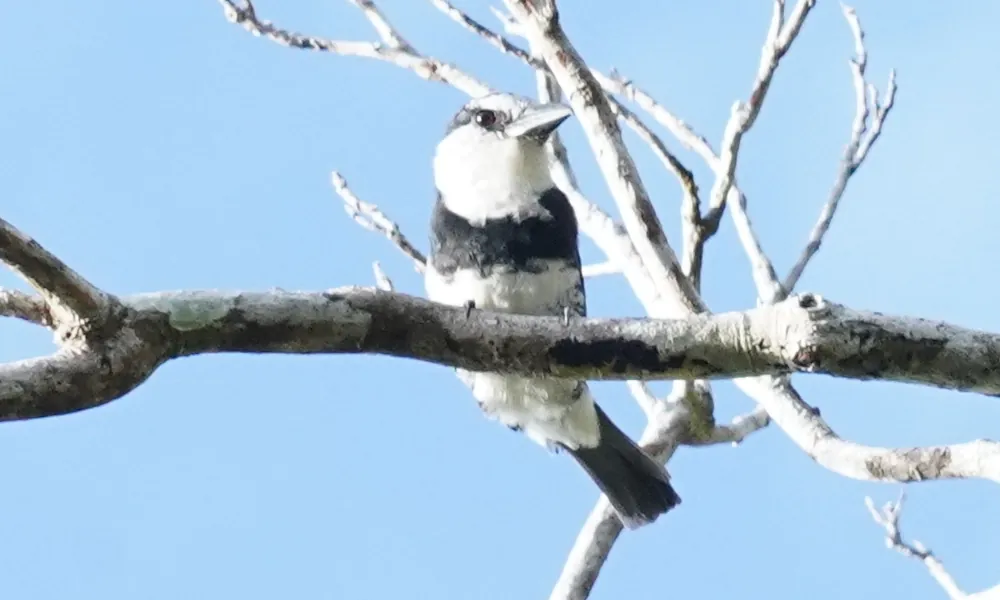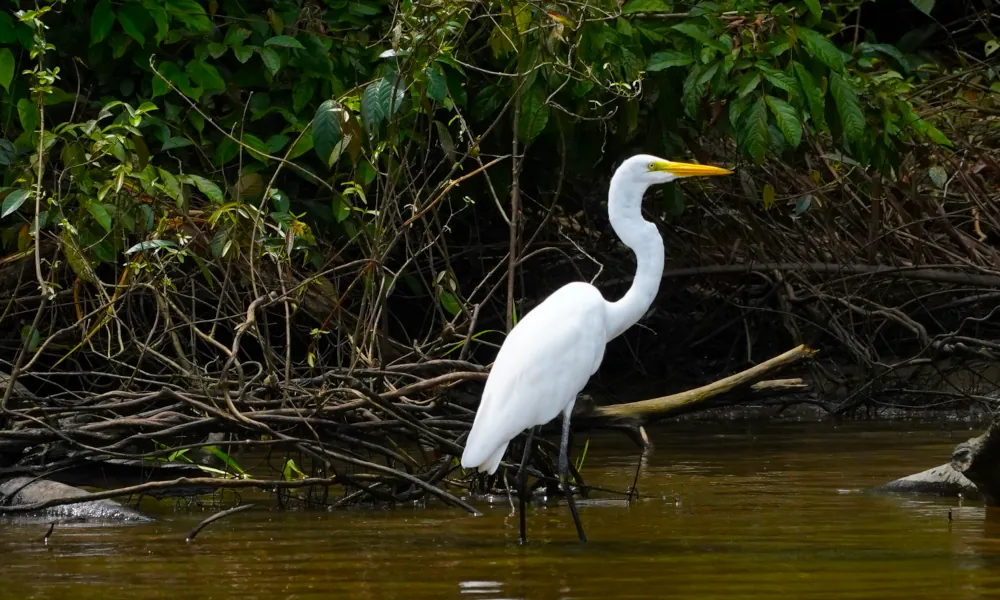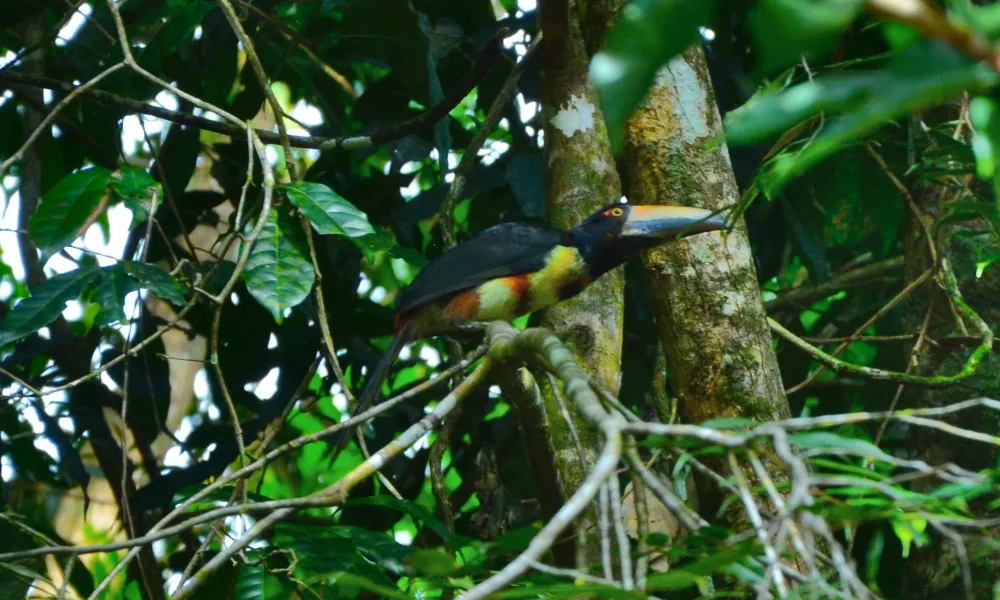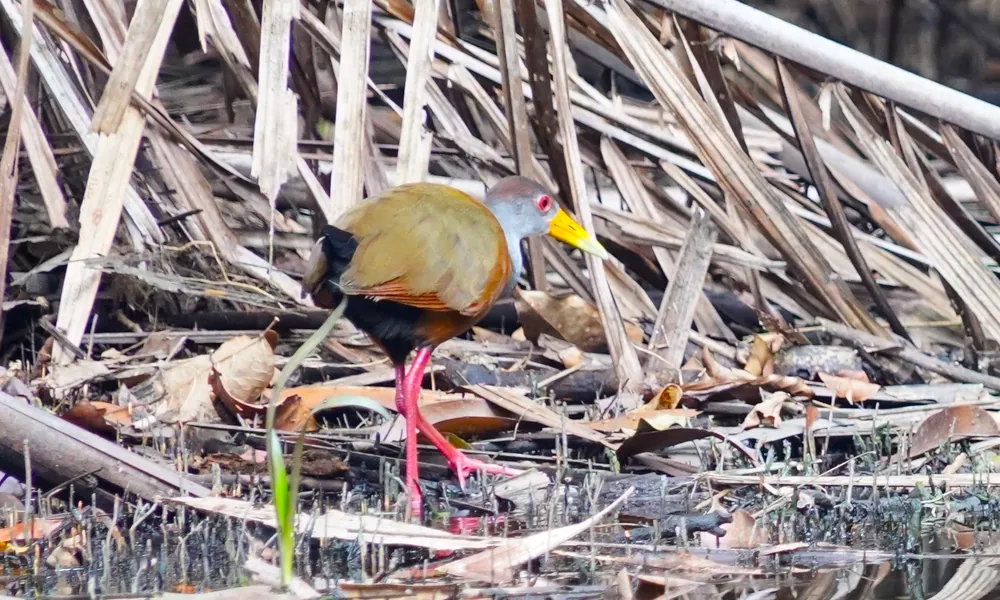Birds in Tortuguero 2
In the last article, we speak about the reasons Tortuguero is the best place for birdwatching in Central America. We covered four birds in Tortuguero you can easily spot in the area if you have a good eye. In this new article, we will cover 4 more birds you can find around. With more than 211 species of birds in this national park, this is just the iceberg peak of bird sightings in Costa Rica.

The belted kingfisher
The Belted KingFisher is common in North and Central America. It is not exactly a migratory bird but can be found in the north during the summer season and flies to warmer waters during winter. If the place they fly to proves to be good enough, they stay, if not they go back to the north in summer looking for food The female has a brighter blue than the male. From far they appear to be black and white colored but their “black” feathers are, in reality, blue or grey. They feast not only on fish but mollusks, small amphibians, insects, reptiles, and even other birds. They have the particularity that their nest is often a tunnel in the riverbank or sandbank. Both parents incubate the eggs and feed the chicks. You can find them waiting for their prey in any tree near the river or lagoon.

The Egret
This once-in-danger bird is now common on all continents. Despite being one of the easiest birds to spot, they still call the visitors’ attention for their vibrant white feathers. These feathers were the reason people hunted them in the XIX century. Hatmakers demanded a lot of feathers for their designs. Egrets are in many inhabits. They avoid cold and arid climatic regions or high mountains. They prefer marshes, manglares, rivers, and lakes. Despite the egret not being a migratory bird, in the northern hemisphere, they emigrate to northern regions in the summer sometimes. Tortuguero is one of those places the egret find as a suitable place to stay the whole year. They are great hunters, mostly in shallow waters. Impaling their prey with their sharp bill they hunt amphibians, fish, small mammals, and other small species.

The Collared Aracari
This bird is endemic to the American continent. It is of the same family as the toucan. What identifies most to this species is the yellow chest with a red belt. The collared species has a red collar around the neck. Not as colorful as the toucan is still a beautiful bird worthy of a good photo. Their nests are mostly located in cavities on trees. While they feed mostly on fruits, they have been seen eating small amphibians and reptiles. Also, they can eat eggs and nestlings from other species of birds. The aracari can be a very social specimen. In one cavity you can find an entire of aracari nesting together to pass the night. This photo was taken just a few meters away from the hotel lagoon.

The Russet-naped wood rail
Our last bird of the article is one of the most shy and secretive of the species of Tortuguero. They keep themselves most of the time inside the dense forest, not coming to the river unless they can’t find sources of food in the vegetation. Little is known about their diet and breeding. It is suspected that they feed on small crabs, snails, and vegetable matter. They put their nest in the bushes using sticks and plant fibers This species has deep red eyes and pink legs, which does not make the best camouflage but makes it cool for a good photo. This specimen, we found it near the lagoon we use for our kayak tour. The lagoon is a feeding spot for many curious species of birds like the wood rail.
Conclusion
We enjoyed writing this article. We hope it was as informative as it was for us. The objective of our articles is to give you a glimpse of the natural wonders you can find in Tortuguero. If you need a hotel when you come to Limon, Costa Rica, please take us into account. If you are interested in making a reservation, do it here. Want to know more about our commodities? Please visit our main page. Remember that we take care of every detail of your trip, from transportation to hosting. The birds in Tortuguero are awaiting for your camera and binoculars.




